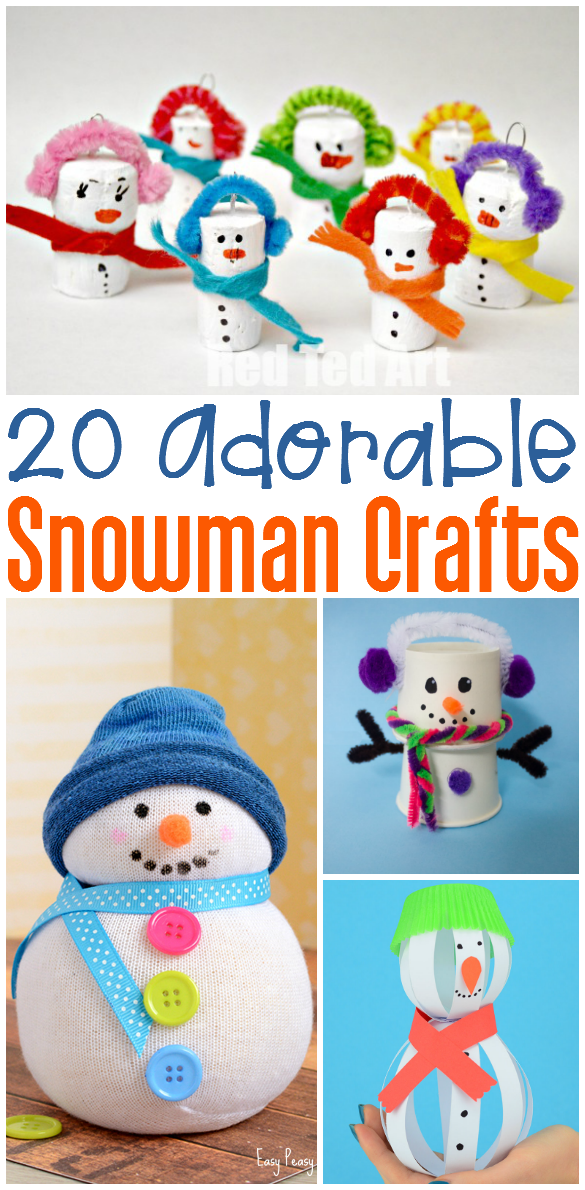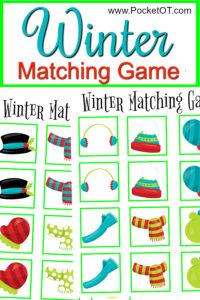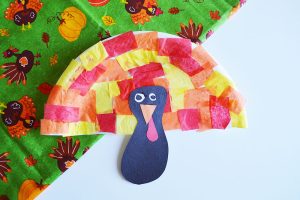
20 Snowman Crafts
Who wants to build a snowman? We do! This week we’ve rounded up some snowman crafts and activities. Each link contains a fun…
While most families look forward to the warm spring weather, there are some of us who look at the transition with anxiety. Everyone prefers one season over the others. Which is your favorite? Our kids are no different and just like you, many have difficulty putting winter clothes away and bringing summer clothing out.
Why? Sensory Processing Disorder may make transitions in clothing from season to season difficult. Many children have a great deal of fear and worry about moving from long-sleeved shirts to short sleeves or from pants to shorts. You are not alone if your child is NOT dressing appropriately for the weather conditions outside. According to the Sensory Processing Disorder Foundation (www.spdfoundation.net) ” 1 in every 20 children may be affected by Sensory Processing Disorder” (SPD). Sensory dysfunctions can occur in any area (or any sense). The largest organ of the human body is the skin, so chances are great that skin receptors may be affected by sensory issues.
Many children and adults love wearing hooded sweatshirts as they provide a soft texture with a nice hood to help decrease the sensations that can bombard our bodies.
What can I do to help my child to dress appropriately for the weather?
This is something that I am asked frequently and with every change of season. In fact, I’ve devoted an entire chapter of my first book,
to helping children to tolerate clothing, baths, hair, and nail trimming. PLEASE know that you are not alone! Many families are having this same issue and feel just as frustrated as you do!
3) Offer her two choices of clothing/outfits daily. Giving him control over his clothing can really make him feel in charge of things. Of course, you can pre-select which two choices you offer to ensure that clothing is appropriate for the weather that day.
 NEW! Winter and Summer clothing matching games for ABA, OT, SLPs, home schools, teachers, and anyone working on clothing identification and transitions.
NEW! Winter and Summer clothing matching games for ABA, OT, SLPs, home schools, teachers, and anyone working on clothing identification and transitions.
4) Ask him which type of clothing he prefers to wear. Patterns, textures, buttons, seams, and zippers all matter to children with SPD. Their existence on a shirt can cause a child anxiety and discomfort. For example, two summers ago my son absolutely refused to wear any shirts with patterns on them. So, we purchased t-shirts in all solid colors. He tolerated the plain shirts well! The next summer when we went through his drawers he began to cry and show signs of great anxiety. We realized that he now (a year later) had changed and insisted on wearing only shirts with stripes on them….it’s like playing detective!
5) Let her practice before he must actually wear the clothing outside. Give her a day/time in which she will be wearing the clothing. Let’s use shorts for example. “On Saturday, we are going to practice wearing our shorts. You only have to wear them for an hour.” Build up the time he wears the clothing be sure to provide lots of praise and encouragement….this is hard work!
The absolute worst thing to do is to force him to wear clothing that he does not want to wear. How would you like it if someone made you wear a scratchy wool sweater? Choose your battles. Sometimes, it’s better to have a child who is actually dressed rather than one who matches perfectly. Try to relax and stay calm…..your child takes his cues from you!
We KNOW you can do this….remember that you are not alone. Let us know how it goes!



